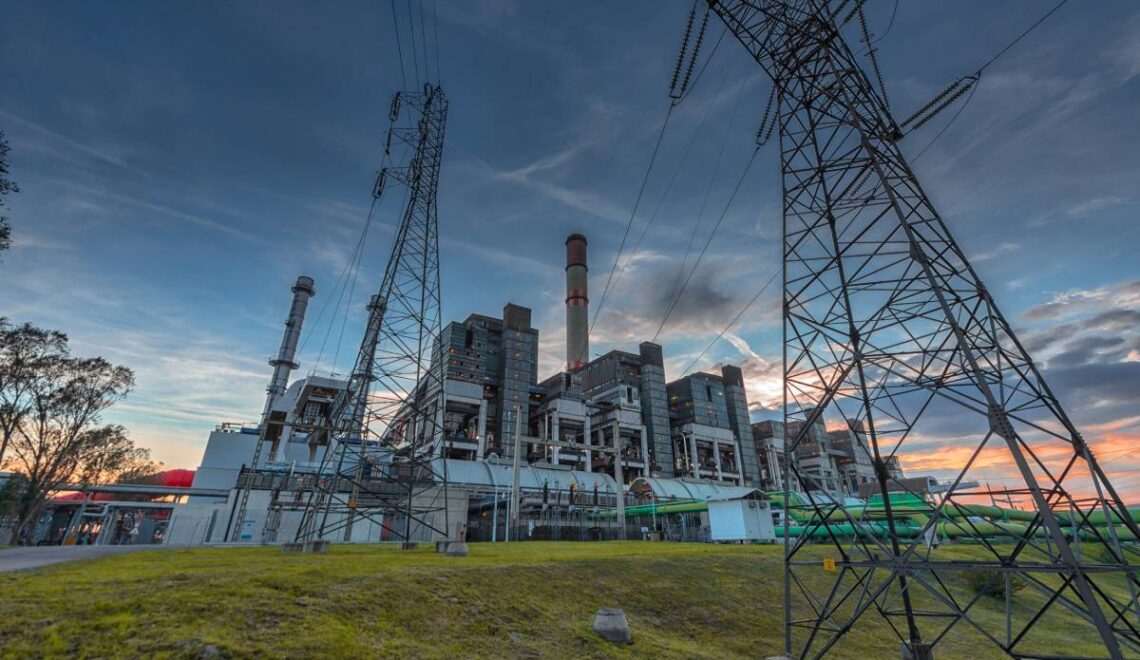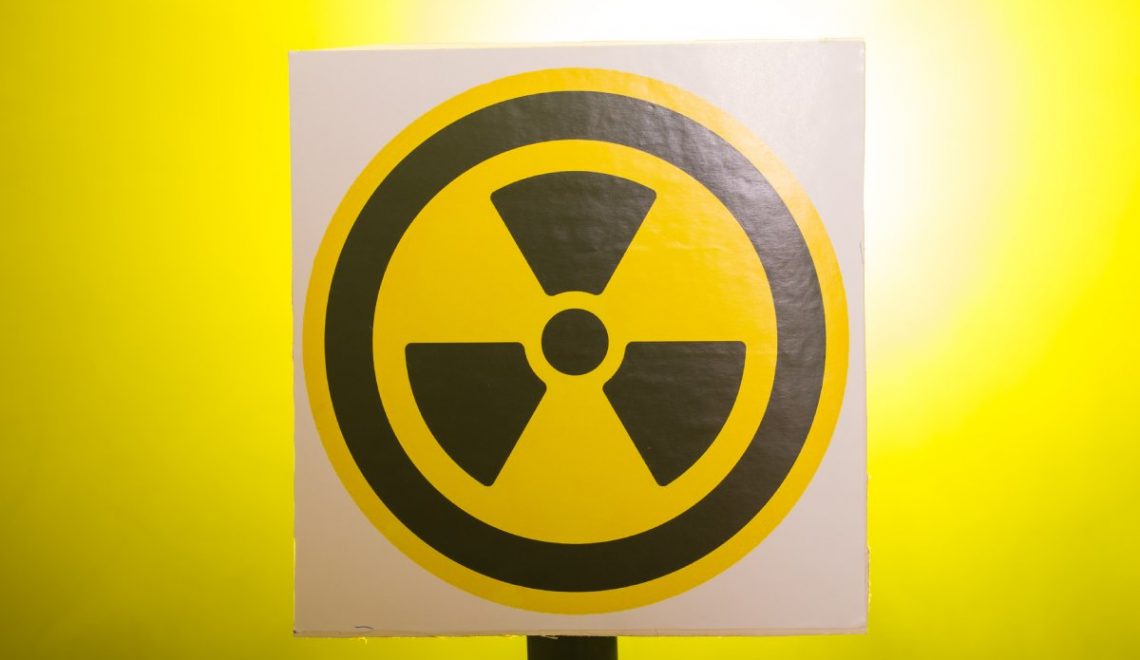Having a lush, wholesome looking lawn is an essential centerpiece to any garden. But the harsh heat that we experience in Australia is enough to make many species of grass suffer, even if properly looked after. There are some species however that are able to thrive in pretty much any conditions the continent can provide; and one of the most hardy of these is Empire Zoysia grass.
The cold never bothered me anyway
Empire Zoysia grass is highly resilient to temperature changes. This species can easily withstand fluctuating temperatures and has been proven to be able to survive easily in 40+ degrees celsius heat, which makes it more than capable of handling the Australian summer. Amazingly, it can also manage to stay healthy in places where the temperature drops to -20 degrees celsius, which is a very impressive temperature range to grow in for a plant; especially a grass species. The only real downside to these temperature changes involves shadows. Empire Zoysia grass will still grow in shady areas with little to no problem, but if more than half the time it is going to be shady or there is a lot of wear on a shady patch, then it might not keep its perfect appearance.
Tough, not rough
In addition to its temperature resistance, Empire Zoysia grass is soft yet very hard wearing. This means that not only can it withstand a lot of traffic across it and still spring back without concern, but it is able to withstand drought very effectively as well. All of these features combined make it an excellent candidate for turf as it can withstand the stress of being transplanted much better than most. In fact having high quality Empire Zoysia instant lawn turf fitted can give your garden a rapid facelift as it will look great after a very short amount of bedding in time. Of course, it is still going to need time to lay down proper roots, but it will recover from the move in a much short time than many other grasses you can buy.
When is a grass not a grass?
As with everything, ensuring that you get a quality product when you buy Empire Zoysia grass is important. Trusting reputable lawn specialists, will make sure that the grass or turf your receive is of an exceptionally high quality and has been grown to meet all of the industry standards. Above all else, it will make certain that what you receive is actually Empire Zoysia or whatever species of grass you expected, not something different but cheaper to produce. Although there is not exactly a huge market for misleading customers on the type of grass they receive, as with any opportunity there will be those who are less truthful about what they are selling.
This will normally take the form of ‘impurities’ in the turf, so the actual grass you expect is there, but so are other grasses and possibly even weeds that will ‘dilute’ the premium grass product. This is most often a sign of lazy or lackluster growing and production rather than a deliberate attempt to defraud the customer, but it is still something to be aware of and make sure that you don’t get caught out by. If you buy Empire Zoysia grass, or any other species, then that is the specific product you have chosen. Having anything else in the mix is not what you are paying for and is not acceptable; plus it will ruin the effect if you install it.








